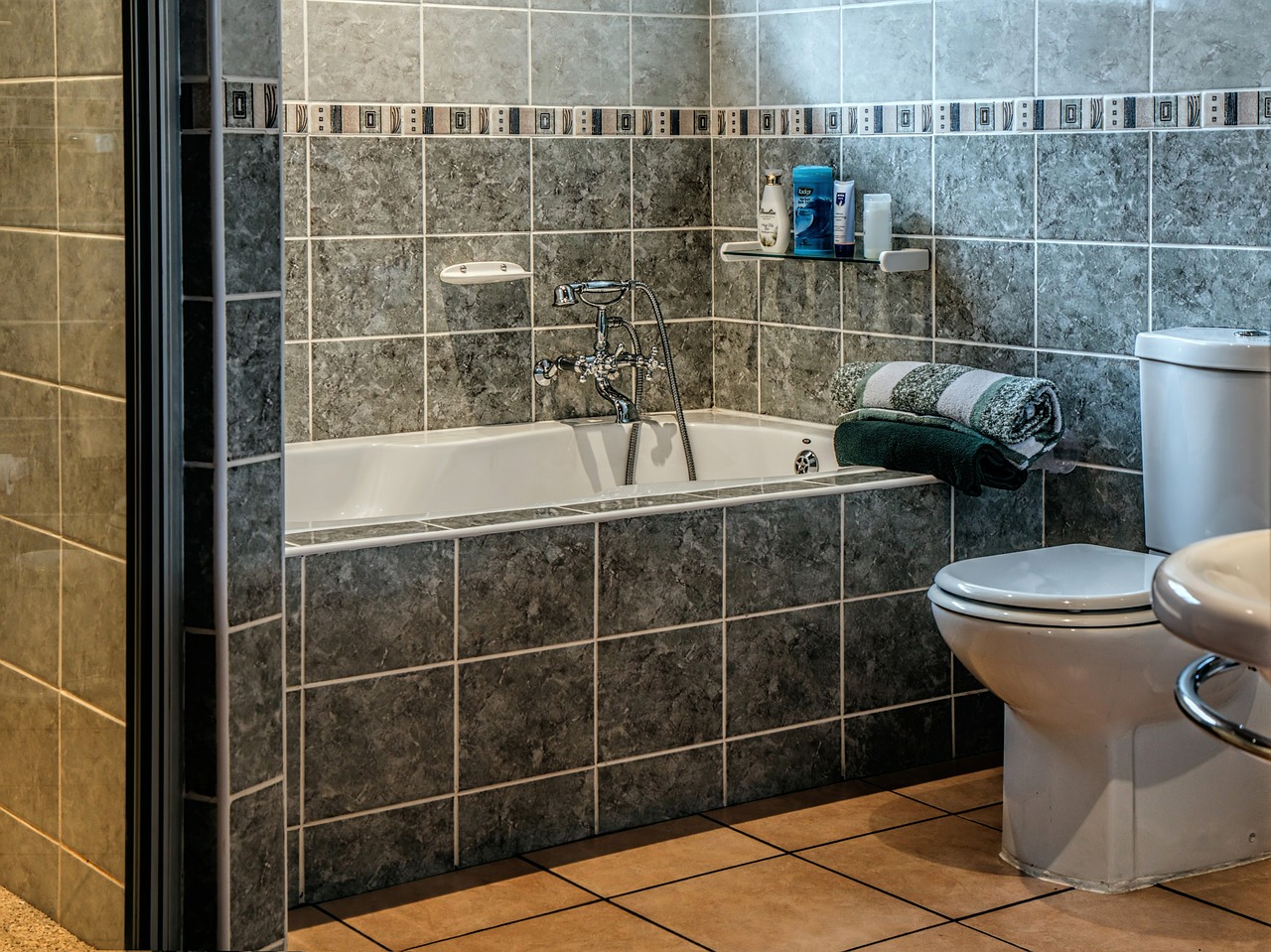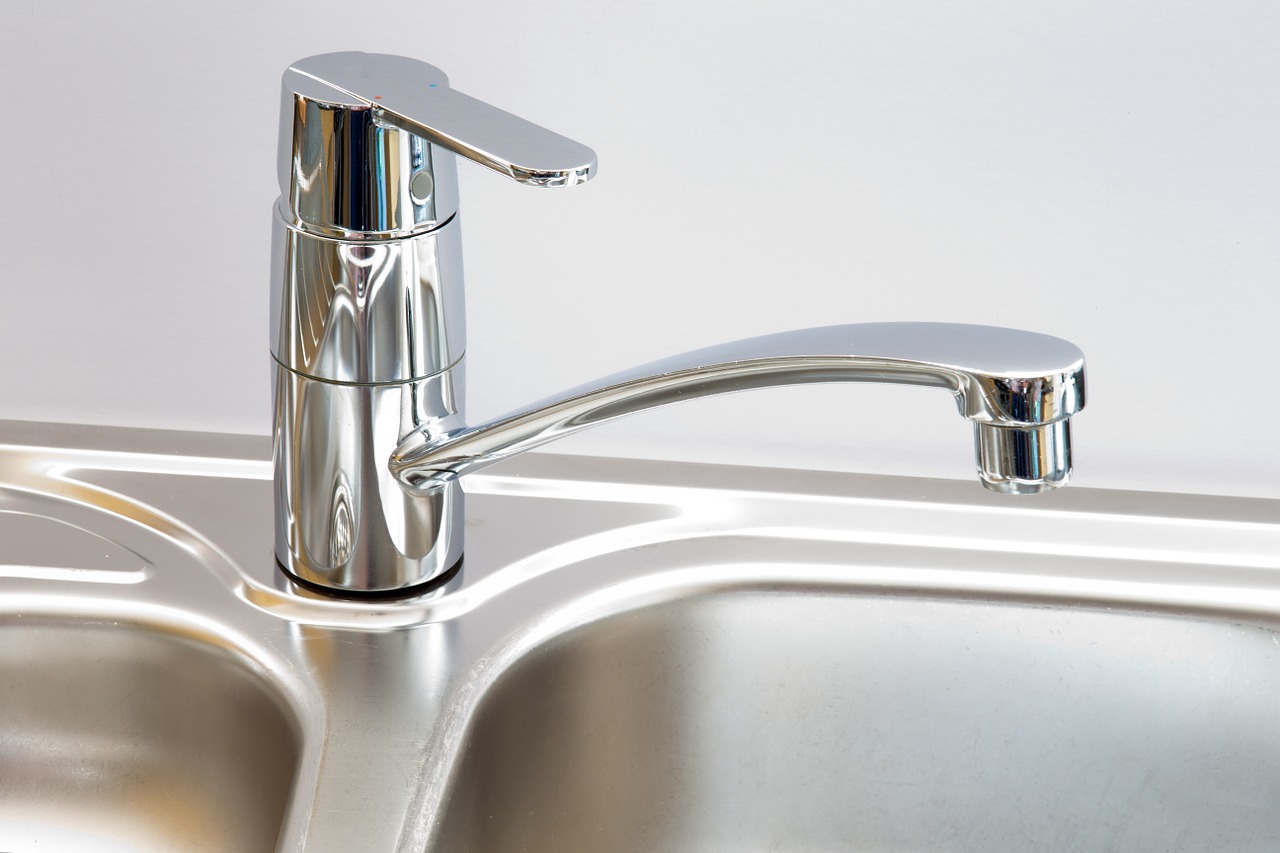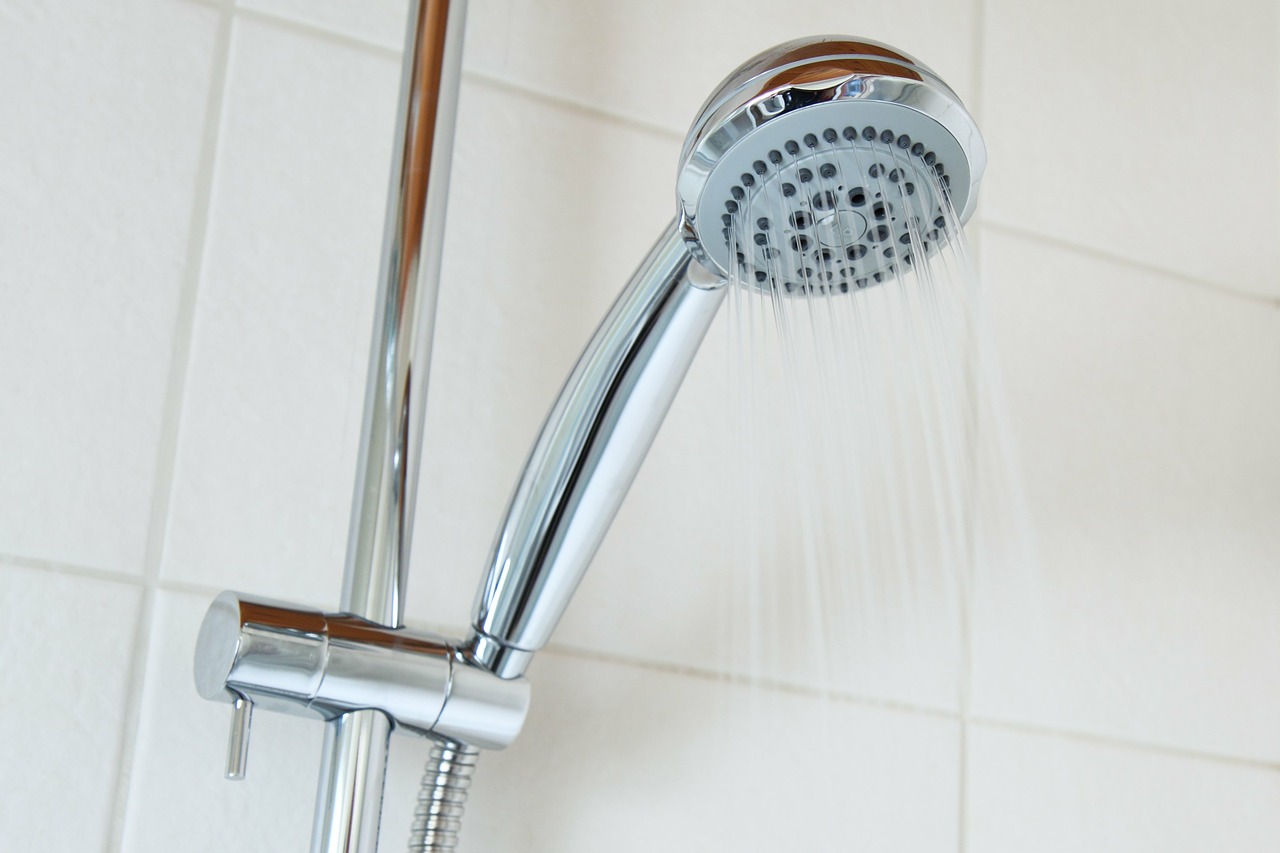With the environmental concerns that exist today, you can never be too careful with the way you use the resources available especially water. We provide three simple upgrades you can implement to start reducing your water usage today. For installations that meet this need, you can simply search for “a plumber near me in Phoenix” to have a professional technician do the installations for you.
1. Use Low-flow Toilets
Upgrades to the water system are best started with the toilet. Toilets consume the most amount of water in the average home, accounting for up to 30 percent of all water consumption. This number is even higher in large families and crowded offices.
The amount of water your average toilet consumes depends a lot on when it was made. Toilets made in the 1990s will use up to 6 gallons of water per flush, for example. Later models were made a little bit more efficient but still use up to 2.2 gallons per flush. During a long period of time, say one year, these numbers add up.
By upgrading to newer low-flow toilets, you could reduce the amount of water you usually flush down the drain by as much s 60 percent. Low-flow toilets use 1.28 gallons of water per flush, which is a significant improvement from the older models.
A 20 to 60 percent reduction in water usage translates to about 13,000 gallons of water saved in your home each year that, in turn, saves you $110 in water costs per year.
There are even low-flow toilet models that leave you in charge of your water flow by allowing you to choose between heavy water flow or a low flow when you want to flush.
2. Install Water-saving Kitchen and Bathroom Faucets
Other areas where you can really save water with upgrades are the kitchen and bathroom faucets. Old faucets use a lot of water, the amount of which depends on when the faucet was made. Older faucets made before 1992 use between 3 and 7 gallons each minute they are open. Between 1992 and 1998 manufacturers became more energy-conscious and reduced the number of water faucets released per minute to 2.5 gallons. Newer models made after 1998 release 2.2 gallons per minute.
Considering the amount of time that you use washing your body, hands and dishes every day, even 2.2 gallons per minute amounts to very high costs over time. You are much better off upgrading your bathroom and kitchen faucets to eco-friendlier models, some of which can limit flow to a mere 1 gallon per minute without reducing efficiency.
3. Water-saving Shower Heads and Tankless Heaters
You can also save water by going for a tankless water heater. Unlike the old tank-style water heater that heats water and stores for later use, the tankless water heater instantaneously heats water on demand, only when you need it. In this way, you save water, time, energy and money. Tankless water heaters can save you up to 20 percent on your utility bill. They also take up less of your living space.
Water-saving shower heads have gained popularity in recent years, and that is mainly due to the many improvements in the performance of the newer models. Newer models that work in a similar manner to faucets. They reduce water flow without sacrificing water pressure.


